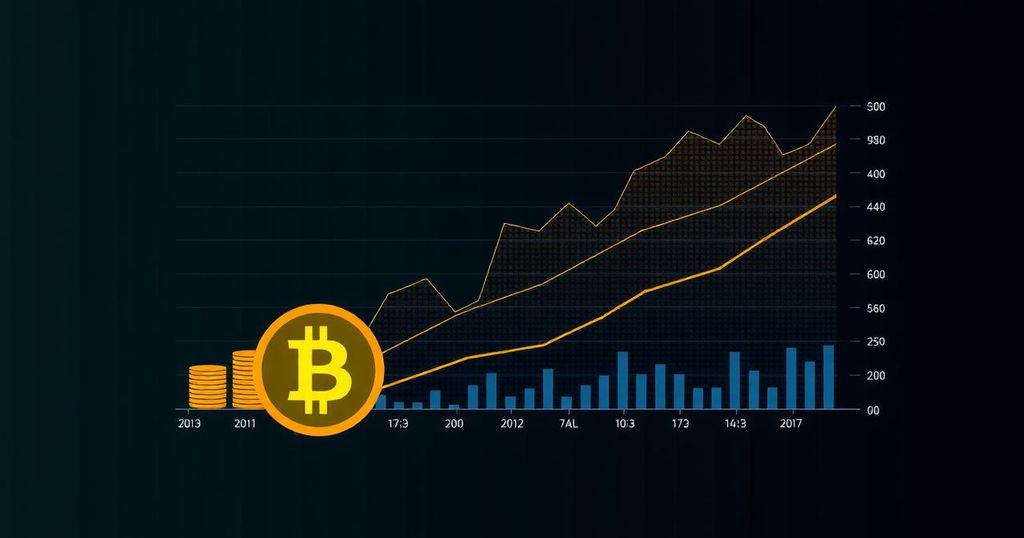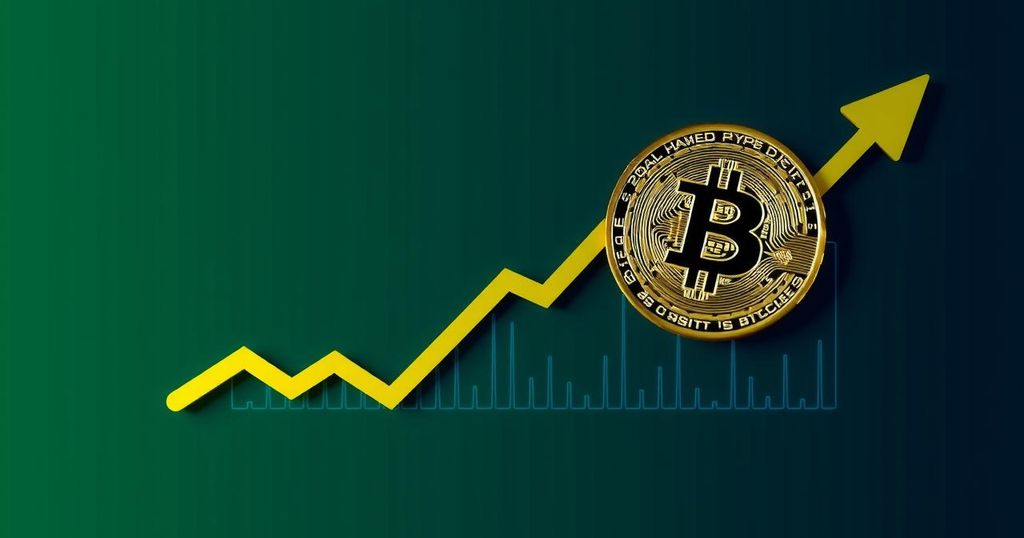Bitcoin Price Forecast: U.S. Economic Data’s Impact on Future Trends
In recent weeks, the cryptocurrency market, particularly Bitcoin (BTC), has exhibited increased sensitivity to United States macroeconomic data due to a lack of significant market catalysts. On 9th September, Bitcoin temporarily surged above $55,500 but ultimately faced a weekly decline of 4.26%, following a previous drop of 11% the week prior. This marks a trend of consecutive weekly losses for the cryptocurrency, a phenomenon that has not been seen since June 10th, when the asset experienced a four-week downward trajectory.
Market analysts attribute last week’s downturn to disappointing U.S. non-farm payroll data, which revealed a mere 142,000 jobs added in August—significantly below the anticipated 160,000. Concurrently, data from SoSo Value indicated that Bitcoin spot exchange-traded funds (ETFs) have been experiencing an eight-day streak of outflows.
This week, market participants are poised to analyze further U.S. economic metrics, notably the Consumer Price Index, due to be released by the Bureau of Labor Statistics on 11th September, and the Producer Price Index on 12th September. These data points hold considerable weight as they may influence the Federal Reserve’s rate decision on 18th September and consequently affect market trends.
In the context of the U.S. presidential election, analysts at Bernstein, led by Gautam Chhugani, have posited that the outcome could markedly impact Bitcoin’s trajectory. Should Democratic nominee Kamala Harris secure the presidency, they forecast Bitcoin could decline to the $30,000 to $40,000 range. Conversely, a victory for former President Donald Trump could potentially elevate Bitcoin’s value above $80,000 by the fourth quarter of this year.
Moreover, Peter Brandt, a prominent chart trader, has noted through his Bayesian probabilities that there is a favorable outlook for Bitcoin to drop below $40,000, which he estimates at 65%. He has also allocated a 20% probability for Bitcoin achieving a peak of $80,000, while suggesting a 15% chance for an advancement to $130,000 by September 2025. Brandt’s projections are underscored by previous observations of Bitcoin reaching its peak in April 2021 and the resulting market conditions.
Additionally, Markus Thielen, founder of 10x Research, echoes the bearish sentiment, asserting that Bitcoin may have reached a cycle peak in April. He points to waning Bitcoin network activity post-Q1, ongoing ETF outflows, and a weakening U.S. economy as contributing factors to a possible further decline in Bitcoin prices.
Despite the present outlook, some analysts maintain that Bitcoin may experience future price increases, taking into consideration previous halving events, during which historical trends showed gains in the later months of the year. Notably, Bitcoin has tended to reflect upward movement in the final months following halving occurrences in both 2016 and 2020.
Finally, as Bitcoin trades around $55,400, it is at a low weekly close not witnessed since February of this year. However, signs from Bitcoin order books and CME futures charts could indicate a potential bullish setup. Market dynamics remain in flux, and all eyes will be on the forthcoming economic indicators and their implications for Bitcoin and the wider cryptocurrency market.








Post Comment